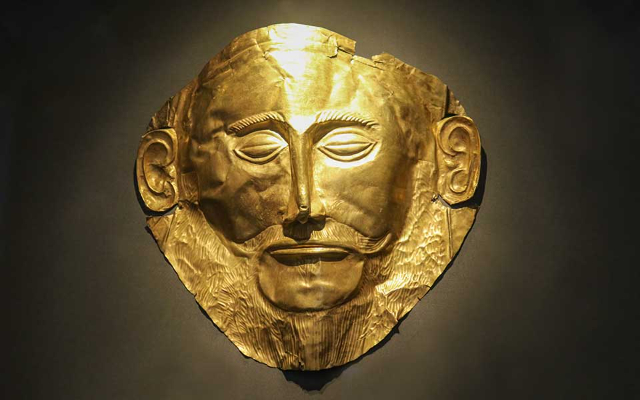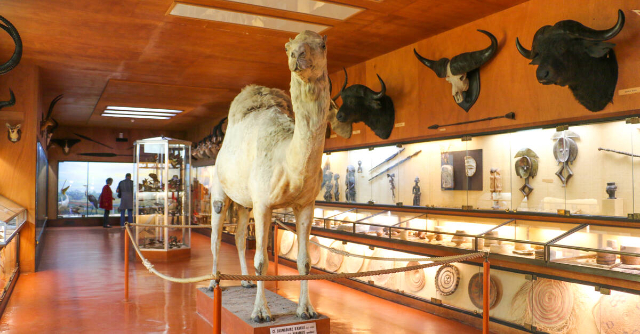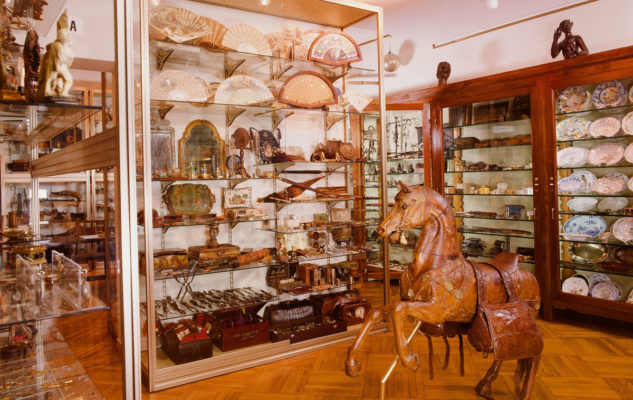The Funerary Mask of Agamemnon is one of the most famous works of art in the National Archaeological Museum in Athens and around the world. The mask is a gold funerary mask that was reportedly discovered by Heinrich Schliemann in 1876 during excavations in the ancient city of Mycenae in the Peloponnese.The mask would date from the 16th century BCE and was presumably made for a royal personage, possibly Agamemnon himself, who was a legendary king and warrior of Mycenae. The mask is made of a single sheet of gold, decorated with intricate designs of lions, birds and other animals, as well as a distinctive mustache and beard. The mask’s eyes are made of large white glass discs, giving it a ghostly and very realistic atmosphere.The discovery of the Funeral Mask of Agamemnon caused a sensation in the world of archaeology and art history and helped awaken new interest in the ancient culture of Greece. The mask has been the subject of countless studies, debates, and controversies over the years and remains a symbol of the power and beauty of ancient Greek art and culture.Today, the Funeral Mask of Agamemnon is one of the most popular exhibits at the National Archaeological Museum in Athens and attracts visitors from all over the world who come to admire its beauty and importance.













